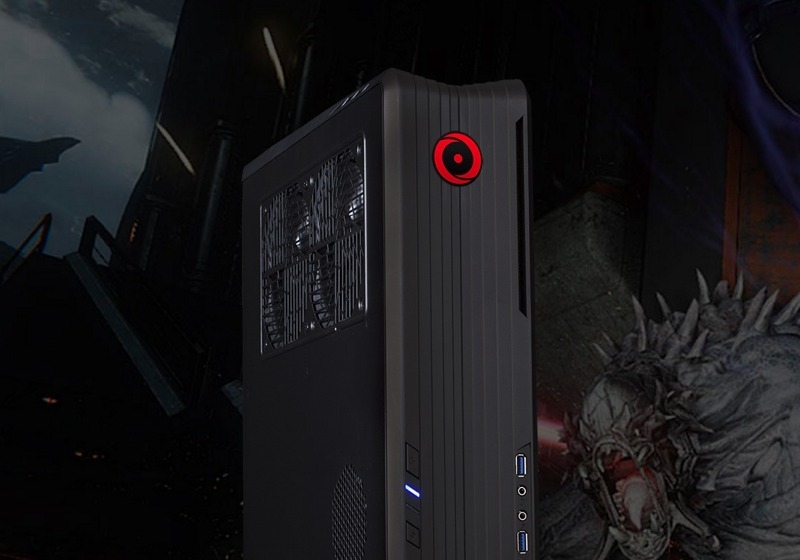Interest in smaller, quieter gaming machines has steadily bloomed in recent years. Ongoing industry improvements in efficiency and design has fueled this movement, filling the market with capable gaming devices like tablets, media streamers and Steam Machines. Devices like these have helped loosen the rigid notion of computer games being for, well, just computers.
Unfortunately, most devices destined for the living room are leagues behind a dedicated gaming PC where it counts -- performance. With ultra high-res displays and gaming becoming commonplace, there’s now more pressure than ever to deliver beautiful graphics to any and every screen-enabled device. This is where Origin PC is stepping up with its Omega, an uncompromising SFF (small form factor) gaming machine loaded with the best CPUs and GPUs available. No, the Omega isn’t Roku-sized, but its mini-ITX-based chassis may be just compact enough to fit on a shelf or inside a cabinet. Despite that, onlookers should still view the Omega as a stand-alone gaming PC first and foremost. Even if you aren’t sold on the whole living room gaming thing, this is a PC worthy of any gamer contemplating a smaller, better gaming system.
